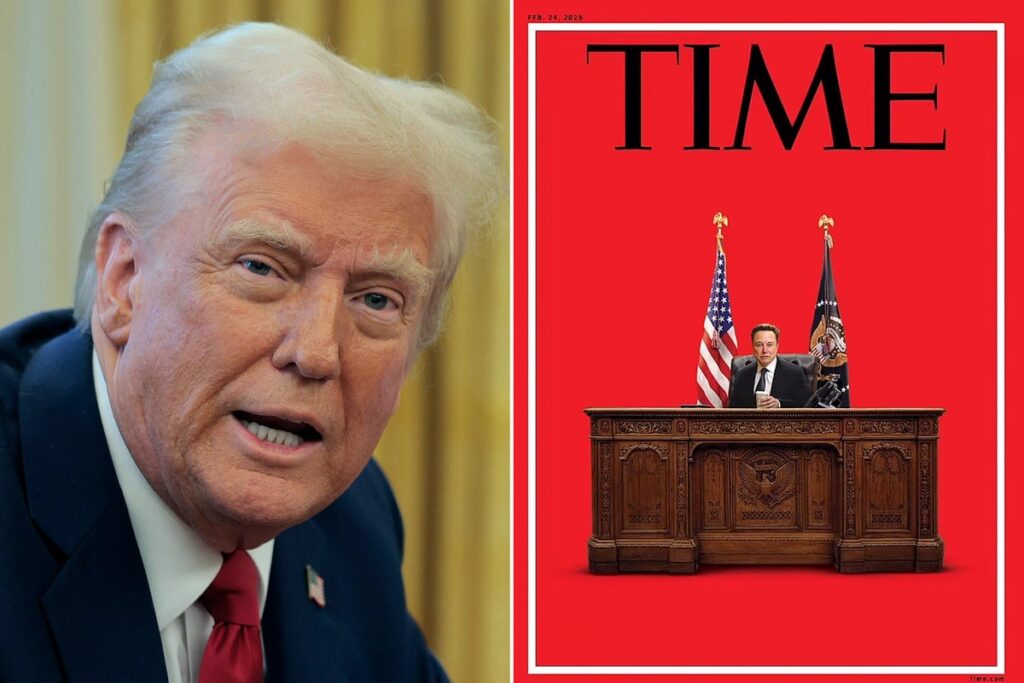Cryptocurrency markets took a hit on Saturday, reeling from the economic uncertainty triggered by U.S. trade policy shifts.
The turbulence follows President Donald Trump’s executive order on January 31, which imposed tariffs on imports from Mexico, Canada, and China—a move that sent shockwaves through both traditional and digital asset markets.
Although the tariffs on Mexico and Canada are currently on hold, the initial announcement was enough to rattle investor confidence, leading to widespread sell-offs across stocks and cryptocurrencies.

Adding to the volatility, the crypto space has been flooded with over 700 fraudulent tokens attempting to exploit Trump’s name, according to The Guardian. These scams have not only deceived unsuspecting investors but have also contributed to increased regulatory scrutiny and uncertainty.
With so many dubious projects entering the market, investor trust has taken a hit, further fueling the downturn. The proliferation of these so-called “Trump-themed” tokens underscores the risks associated with meme coins, which often lack real utility and exist purely to capitalize on hype.

Despite the current slump, analysts believe the future direction of the cryptocurrency market will depend largely on:
- The escalation (or de-escalation) of Trump’s tariff policies and their broader economic impact
- Investor sentiment in response to growing regulatory concerns over fraudulent tokens
- Market resilience as traders navigate uncertainty and assess long-term opportunities

While the crypto market is no stranger to volatility, the combination of trade tensions and regulatory fears is creating a unique challenge for digital assets. As investors wait for clarity, one thing is certain: the coming weeks will be crucial in determining whether the market rebounds or faces further turbulence.